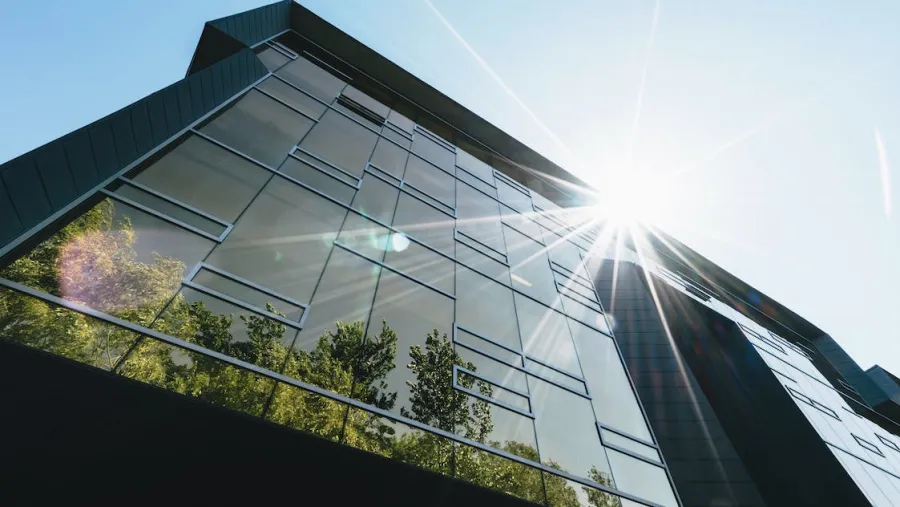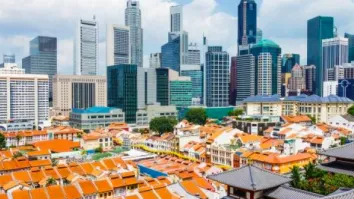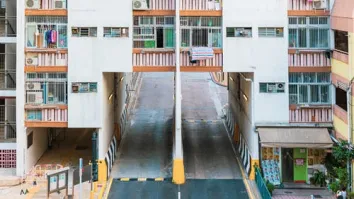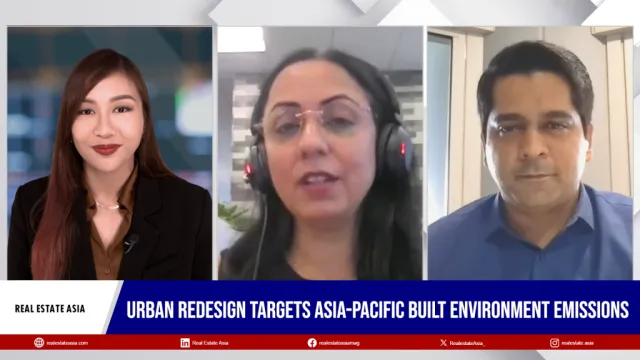
Where do APAC markets stand in their bid to achieve sustainable real estate?
Only 40% of Grade A office stock is green-certified.
With increasing corporate commitments around net zero, JLL noted in a report that occupiers are being more selective when deciding what space to occupy and are demanding real estate solutions which are tied to their sustainability ambitions.
With buildings accounting for more than 60% of carbon emissions in cities, urgent action is needed if organisations must meet their net-zero targets. JLL research shows that sustainability credentials, along with location and rental cost, constitute the top three leasing criteria for corporate real estate leaders.
Here’s more from JLL:
According to JLL research, occupiers in Asia aspire to have market-recognised sustainability certification for at least half of their portfolio by 2025. The current supply of green-certified buildings, which currently stands at about 40% for Grade A office stock, is insufficient to meet the ambitious net zero targets set by occupiers.
This supply-demand gap is leading to a rental premium for green-certified buildings, with the increment being more pronounced in cities with lower levels of green stock. However, as sustainability regulations ramp up and green stock increases, the narrative is likely to quickly shift from a premium to a discount for buildings unable to meet the new requirements.
We found that cities with more availability of green-certified Grade A office stock have lower rental premiums than those with less availability — a clear sign of demand and supply economics at work. In Singapore, where 90% of the Grade A office stock is green, rental premiums stand between 4% and 9%, with the highest rental premium commanded by buildings certified with BCA Green Mark Platinum levels.
On the other hand, in Hong Kong, where less than one-third of Grade A office stock is green-certified, we found the rental premium for LEED Platinum buildings inching towards 28%. This, however, is not true for Indian cities. Despite the high availability of green stock as a percentage of total stock, all Indian cities see an upper premium range in the double-digits. This is largely due to the vast presence of multinationals in the Indian market with ambitious ESG targets, for whom occupancy of green-certified buildings is non-negotiable.
To capitalise on the green momentum, progressive owners are doubling down on net zero carbon interventions in the knowledge that liquidity, pricing, and debt are increasingly influenced by a building’s emissions performance. Owners also recognise that the penalty for buildings failing to meet emissions standards will rise sharply in the next few years amid ever-tightening regulations that target existing real estate.
Early adopters of retrofitting will benefit from resilient and future-fit assets, higher rentals and better prospects for attracting and retaining tenants. Real estate is at the start of its retrofitting journey; this decade will be crucial to kickstart the work that needs to be done.
Another important piece of the puzzle for the decarbonisation of real estate is the changing face of the landlord-occupier relationship. It needs to refocus to one centred more on a collaborative partnership. According to JLL research, eight in 10 sustainability professionals in Asia Pacific agree that green leases are essential to facilitating more cooperation on sustainability initiatives and six in 10 believe that green leases will replace conventional leases by 2025.
One of the biggest value drivers for the adoption and execution of green leases is reducing building energy and its associated carbon emissions. According to JLL estimates, approximately 50% to 65% of a building’s energy is used by tenants. For energy efficiencies to be achieved, the owners have a high incentive to talk to the tenants and agree on building performance standards.
Green leases focus on reducing overall energy consumption and this translates to overall cost savings, making the green movement ideal for both landlords and tenants alike. Among corporates who have signed green leases in Asia Pacific, seven in 10 highlight cost savings from energy efficiency as the top motivation to sign a green lease.
However, true responsibility goes beyond just environmental sustainability. Leasing decisions today need to deliver climate positive impact along with creating social value under the umbrella of good governance. In the future, we foresee more corporates asking for social and governance clauses to be made part of commercial leasing agreements, thus broadening the scope of green leases to responsible leases.



















 Advertise
Advertise






